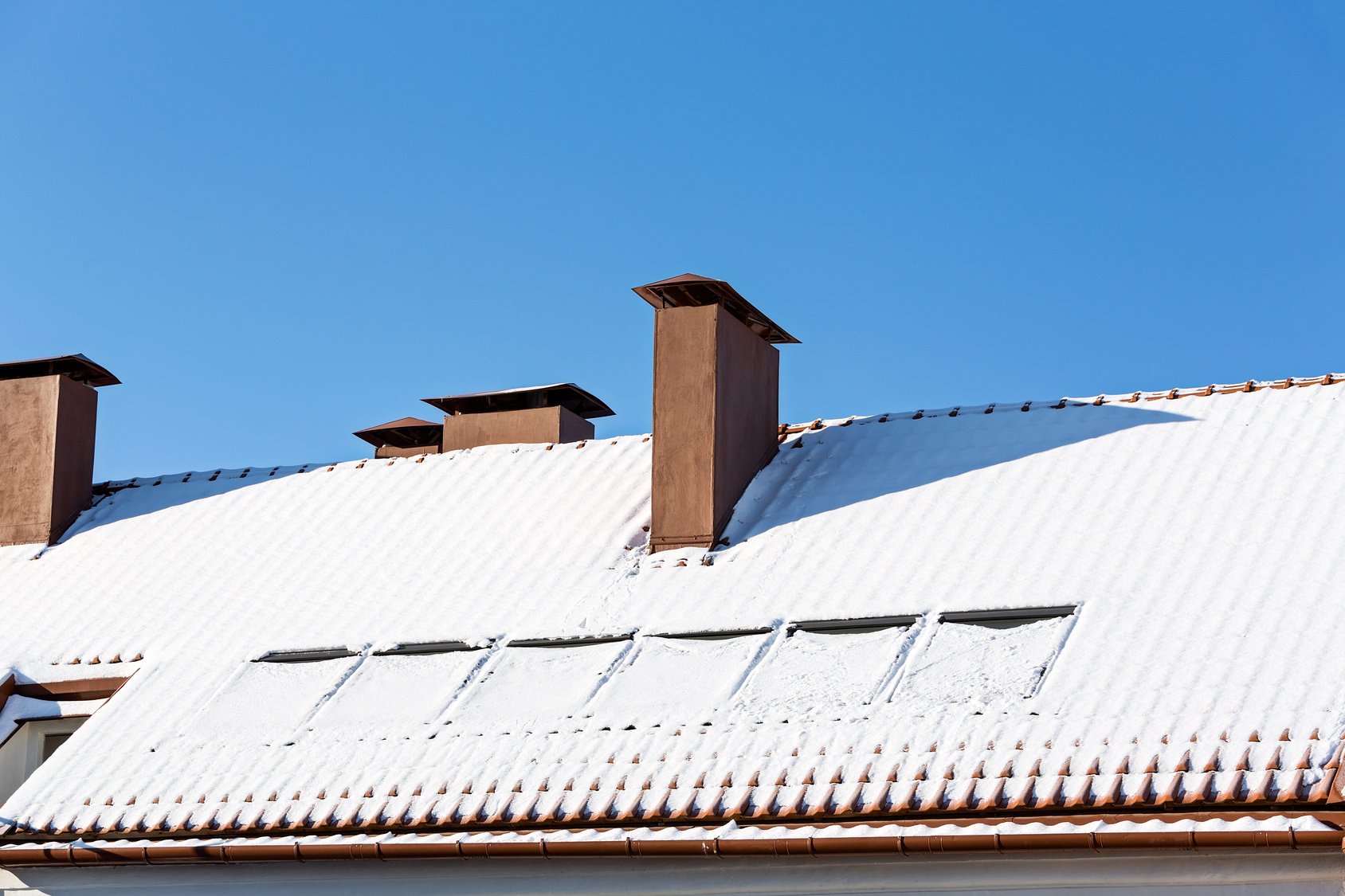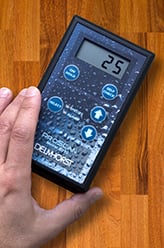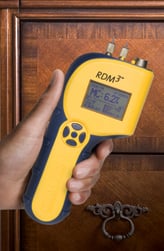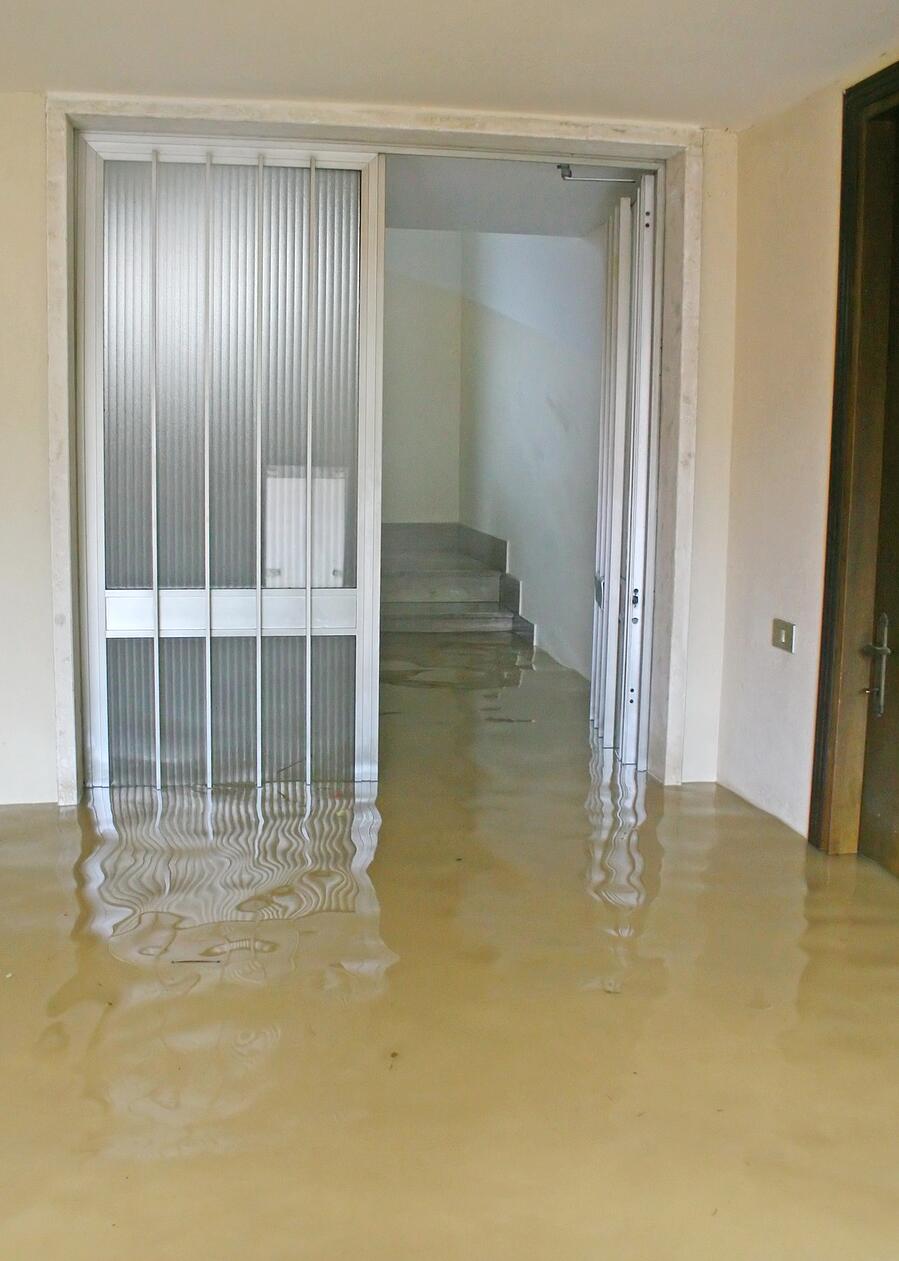What Types of Woodworking Moisture Meters Work Best in the Cold?

With the new year comes a new winter season and the cold temperatures that come with. For many woodworking specialists, the arrival of snow, sleet, and rain doesn’t stop new jobs from coming in.
Even in the cold of winter, keeping track of moisture in wooden building materials such as structural lumber, flooring, or furniture is still a top concern for woodworking experts. To this end, woodworking moisture meters can prove to be an invaluable tool for preventing post-job disasters.
However, the cold temperatures of winter can impact the accuracy of your moisture meter readings, skewing results for certain moisture meters. Using the right moisture meter for the job can mean the difference between having accurate, reliable readings and a woodworking disaster in the making.
With this in mind, what types of woodworking moisture meters work best in the cold?
Pin-Type Vs Pinless Moisture Meters
On average, pinless moisture meters are better-suited for getting accurate readings from wood samples than pin meters in the cold.
Why?
The major reason for this is because of the different operating principles of pin and pinless moisture meters.
A pin-type meter tests for moisture content in wood through the use of electrical resistance. The pins are inserted into the wood to be tested and an electrical current is passed from one pin tip to the other. Since wood’s an insulator and water’s a conductor, the more resistance there is to the current, the drier the wood must be.
Cold temperatures below freezing reduce the electrical conductivity of the wood, which would cause a pin meter to read the %MC of the wood as being lower than it actually is.
Pinless meters, on the other hand, use electromagnetic waves to scan wood materials for their average moisture content, so electrical conductivity doesn’t matter. Unless the wood sample is frozen solid, the current temperature of the wood won’t affect a pinless moisture meter’s reading results much at all.
With pinless meters, surface moisture from condensation is more likely to affect the reading than temperature.
Another factor to consider is whether your moisture meter has a digital or analog display. Analog displays rely on spring tension to move the needle. However, cold temperature can affect the tension of metal springs, which will throw off a reading if the meter itself is allowed to get too cold. Because of this, it’s generally best to use a digital moisture meter for woodworking in cold environments.
So, in most cases, the best moisture meters to use for woodworking in the cold will be pinless meters, but you may still need to use a pin-type meter for certain tasks. Just remember that, when using pin-type meters, you may need to adjust your reading results to account for the current temperature.
Cold Woodworking Moisture Meter #1: The ProScan
 As a digital pinless moisture meter, Delmhorst’s ProScan moisture meter is ideal for moisture testing wood building materials in cold areas. Not only is the pinless scanning technology largely immune to influence from extreme temperatures, the digital display will continue to work correctly in the cold as well.
As a digital pinless moisture meter, Delmhorst’s ProScan moisture meter is ideal for moisture testing wood building materials in cold areas. Not only is the pinless scanning technology largely immune to influence from extreme temperatures, the digital display will continue to work correctly in the cold as well.
Other reasons why the ProScan is such a great tool for checking moisture in woodworking materials include:
- Easy to Handle. With a compact, lightweight design, the ProScan is easy to carry, but the simple interface, and the buttons are easy to manipulate even when wearing thick, warm work gloves.
- Hold Function. The hold function lets you take readings in hard to reach areas and keep the reading on the display so you can record it with ease.
- Built-In Calibration Checks. The built-in calibration check feature allows you to make sure that the meter is working accurately quickly while you’re on the job without the need for extra tools.
Overall, this tool is ideal for many woodworking applications, whether you’re working in the cold of winter or in the heat of summer.
Cold Woodworking Moisture Meter #2: The RDM-3
 The RDM-3 pin-type meter is packed with features such as built-in species corrections, reading storage with date/time stamps, and a battery-saving auto-shutoff timer. However, there are two reasons in particular why this meter makes the list for great moisture meters to use in the cold despite being a pin-type meter:
The RDM-3 pin-type meter is packed with features such as built-in species corrections, reading storage with date/time stamps, and a battery-saving auto-shutoff timer. However, there are two reasons in particular why this meter makes the list for great moisture meters to use in the cold despite being a pin-type meter:
- Wide Operating Temperature Range. The RDM-3 is built to work in temperatures ranging from 158° F to -4° F ( or 70° C to -20° C). So, whether you’re working in the height of the summer heat or in the freezing winter cold, the RDM-3 will be ready.
- Built-In Temperature Corrections. Unlike many other pin-type meters, the RDM-3 has a setting for taking the current temperature of the material into account when providing a moisture content reading. This saves you time on having to manually calculate temperature adjustments for every reading you take when it’s cold on the jobsite.
Because of its built-in temperature adjustments and extraordinary range of operating temperatures, the RDM-3 is an ideal moisture meter for measuring moisture in wood.
Winter can be a tough time of year for woodworking specialists, but having the right tools on hand can help you be prepared for the roughest jobs.

Subscribe to Our Blog
Post Related

Top 3 Professional-Grade Flooring Wood Moisture Meters

